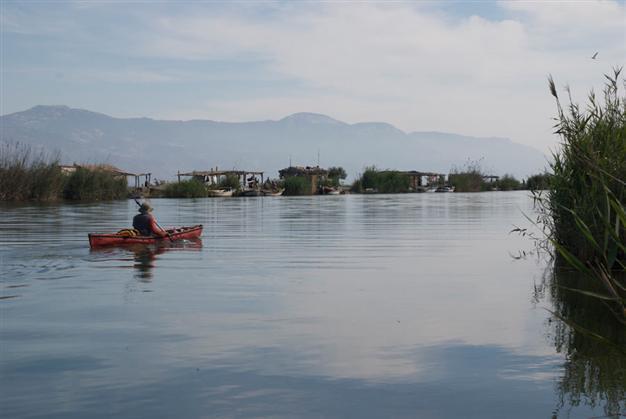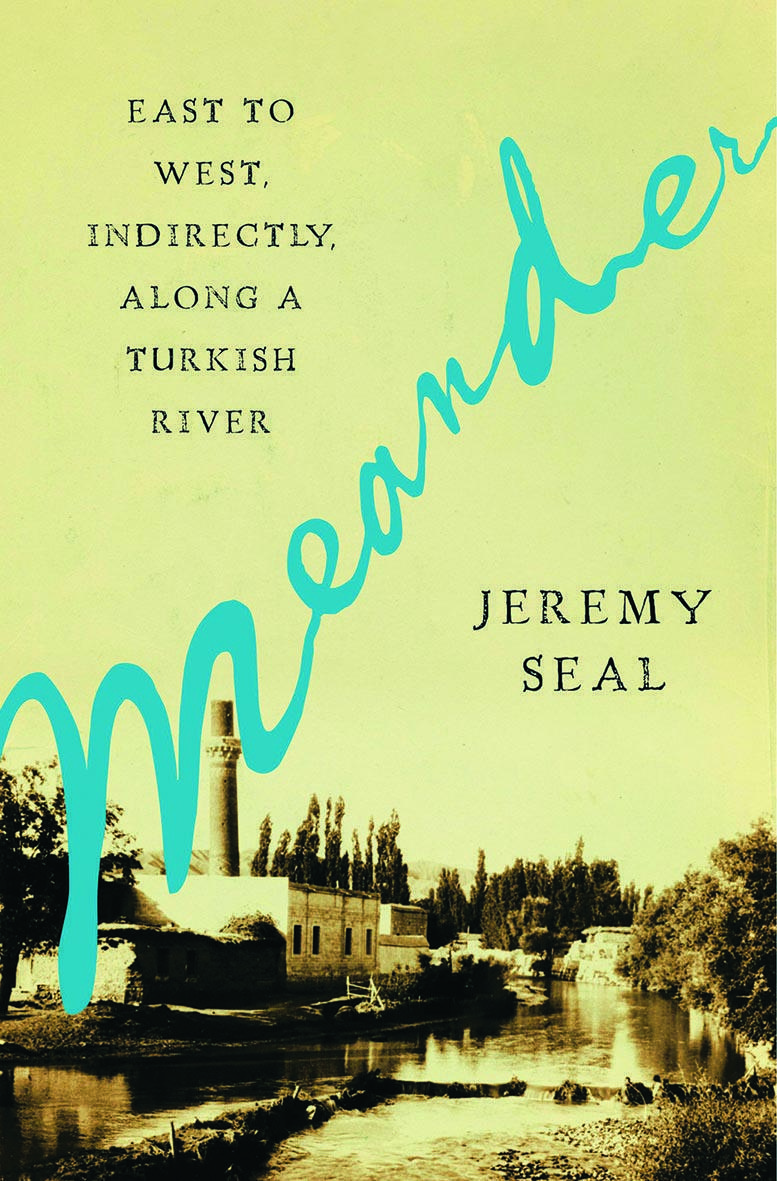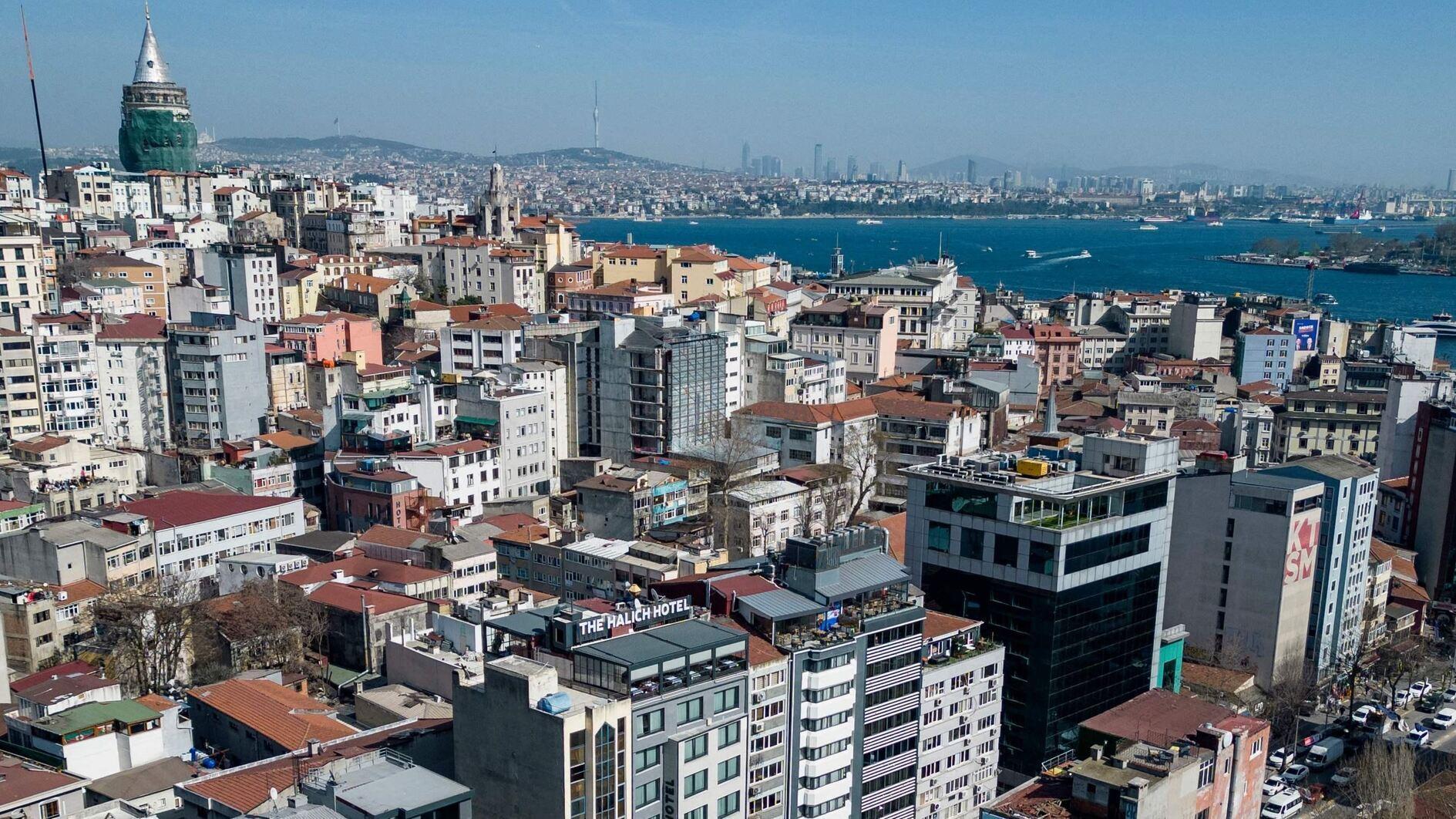East to West along a Turkish river
William ARMSTRONG - william.armstrong@hdn.com.tr
 ‘Meander: East to West, Indirectly, Along a Turkish River’ by Jeremy Seal (Bloomsbury USA, 416 pages, $18)
‘Meander: East to West, Indirectly, Along a Turkish River’ by Jeremy Seal (Bloomsbury USA, 416 pages, $18)The Meander River, known in Turkey as the “Büyük Menderes,” is a longitudinal squiggle that roughly bisects the westernmost reaches of the country. Ovid wrote of “soft Meander’s wanton current,” while Herodotus established “meander” as a byword signifying digression when he used it to describe a mazy stretch of the Nile. As Jeremy Seal writes at the beginning of this book, “to me, the word encapsulated the freewheeling, romantic spirit that was the essence of true traveling.” Welcoming “the freedom to drift gently downstream,” he decides to take his canoe down the Meander’s winding 500 km toward the Aegean Sea. Unafraid to embrace cliché, he writes that the journey would allow him to reflect on “the rich past of this valley on the historic borders of Asia and Europe, East and West, as well as to its present.”
 The resulting book weaves historical ruminations between Seal’s encounters with locals he meets along the way. The most engaging sections are the ones where those characters are used to give a layman’s guide to modern-day Turkey. He tries to detect echoes of the classical era in the present day, but more often than not finds that the contrast is ironically bathetic. On his first glimpse of the river’s source, for example, the impression couldn’t be further from Ovid: “The true Meander … I might have expected more of the moment than the green beer bottles, tins and disregarded CDs that were strewn across the shallow river bed. Nothing remained of the Persian palaces and the hunting parks.” Elsewhere, after discussing the ancient reverence for water that passed down through the Persians, Mongols and Tartars, Seal turns to the present day condition of one part of the river: “Çivril’s ornamental stream was bone-dry. And rubbish was strewn all along its concrete bed.” The locals themselves are mostly bemused when he tells them that he’s interested in soaking up the history of the place. Many assume that he must be an antiquities plunderer, or a dubious figure involved in fish farming or hydroelectricity.
The resulting book weaves historical ruminations between Seal’s encounters with locals he meets along the way. The most engaging sections are the ones where those characters are used to give a layman’s guide to modern-day Turkey. He tries to detect echoes of the classical era in the present day, but more often than not finds that the contrast is ironically bathetic. On his first glimpse of the river’s source, for example, the impression couldn’t be further from Ovid: “The true Meander … I might have expected more of the moment than the green beer bottles, tins and disregarded CDs that were strewn across the shallow river bed. Nothing remained of the Persian palaces and the hunting parks.” Elsewhere, after discussing the ancient reverence for water that passed down through the Persians, Mongols and Tartars, Seal turns to the present day condition of one part of the river: “Çivril’s ornamental stream was bone-dry. And rubbish was strewn all along its concrete bed.” The locals themselves are mostly bemused when he tells them that he’s interested in soaking up the history of the place. Many assume that he must be an antiquities plunderer, or a dubious figure involved in fish farming or hydroelectricity.Indeed, miniature hydroelectric dams, controversial elsewhere in Turkey, have precipitated a stark drop in water levels along much of the Meander in recent years, and have even completely dried it out in many places, compelling Seal to spend much of his journey on foot. At other points he’s forced out of his canoe by industrial effluents belched out by the factories along much of the Meander’s course - copper and lead, chromium and nitrates, chlorides and sulphides. Negotiating an assault course of bloated animal cadavers, fallen willows and industrial pollution does not make for a white knuckle thrill ride; nor is it a journey particularly redolent of the ancient territory on which the Meander is located. But Seal manages to keep his chin up and plod along, observing laconically that “the Meander was not proving the carefree experience I had imagined.”
Seal’s narrative would probably have been more sensational if he had instead chosen the Euphrates or the Tigris for his trip, and his book would likely have attracted more attention. But the Meander serves his purpose well enough. The book ultimately comes to no particular climax; instead, the author prefers to meander along eccentrically, rather like the river itself. That digressiveness may try the patience of some readers, but most will find Seal a companionable guide to Anatolia’s ancient and modern idiosyncrasies.










